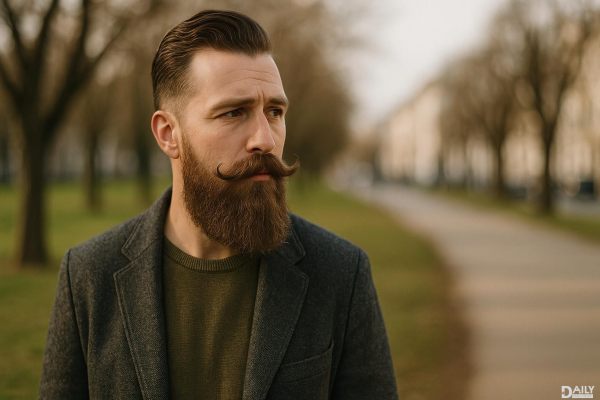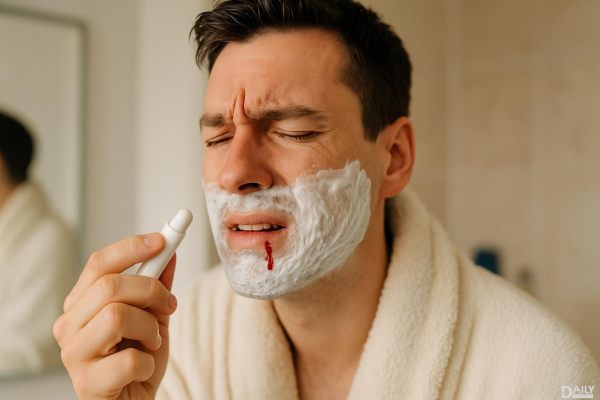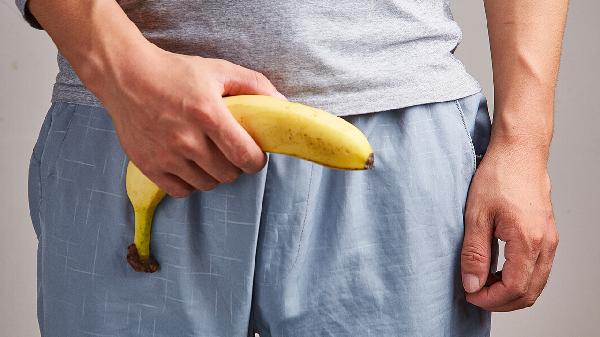If you're rocking a beard, you've probably wondered whether you should be reaching for a comb or a brush—or if it even matters. The short answer? Both have their place in your grooming routine, but the real magic happens when you use them strategically. A well-maintained beard isn't just about looking good—it's about keeping those follicles healthy, stimulating growth, and avoiding the dreaded "scruffy stray" look that makes people wonder if you've been lost in the wilderness for weeks.

Let's settle this like civilized beard enthusiasts—no duels necessary. Combs are your precision tool, perfect for detangling, shaping, and distributing products evenly through your beard. They're especially clutch for longer beards where knots can turn into full-on hair disasters. Brushes, on the other hand, are like the massage therapists of beard care. The bristles stimulate blood flow to your hair follicles (hello, potential growth boost) while exfoliating dead skin cells that could clog pores. A boar bristle brush is basically a gym membership for your face—it trains your beard hairs to grow downward instead of sticking out like you've been electrocuted.
Your beard's current stage of life determines which tool gets more playtime. Baby beards (under 1 inch) often benefit more from brushing—the exfoliation helps prevent ingrown hairs and itchiness during that awkward puberty phase. Medium-length beards (1-3 inches) should use both: brush first to stimulate and distribute natural oils, then follow with a wide-tooth comb to style. For lumberjack-length masterpieces, you'll want a sandalwood comb that glides through without snagging, plus occasional brushing sessions to prevent your beard from developing its own zip code.
You could have the fanciest hand-carved comb imported from the Swiss Alps, but if you're raking it through your beard like you're trying to start a fire, you're doing it wrong. Always start from the bottom and work upward in sections—this prevents tugging at the roots which can cause breakage. When brushing, use gentle pressure in downward strokes following your beard's natural growth pattern. Pro tip: Do this after applying beard oil when your hairs are most pliable. Nighttime brushing sessions help train stubborn hairs while you sleep, meaning you wake up looking less like a disgruntled porcupine.
Beyond aesthetics, your comb/brush routine has some sneaky benefits. Regular brushing helps identify patches or uneven growth early so you can adjust your trimming strategy. It also removes trapped food particles (we've all been there) before they turn into beard dandruff. The exfoliation from brushing may reduce acne along your jawline by preventing pore clogging. And let's not forget the psychological boost—there's something meditative about the ritual that makes you feel put together even on lazy Sundays when you're just wearing sweatpants.
Here's where beard care gets personal. If you have particularly coarse or curly hair, you might need to brush more frequently to prevent dreaded beard dreads. Those with sensitive skin should opt for seamless combs to avoid irritation. During extreme dry winter months, ease up on brushing to prevent static that makes your beard look like it's trying to escape your face. And if you're growing out a patchy area? Light brushing can help longer hairs temporarily cover sparse spots while you wait for nature to do its thing.
At the end of the day, whether you comb or brush comes down to your beard's personality and your lifestyle. The golden rule? Whatever keeps you consistent with your grooming routine. Because the healthiest, fullest beards belong to guys who actually touch them more than just when they're contemplating shaving it all off in frustration. Now go forth and groom with purpose—your face forest will thank you.
























